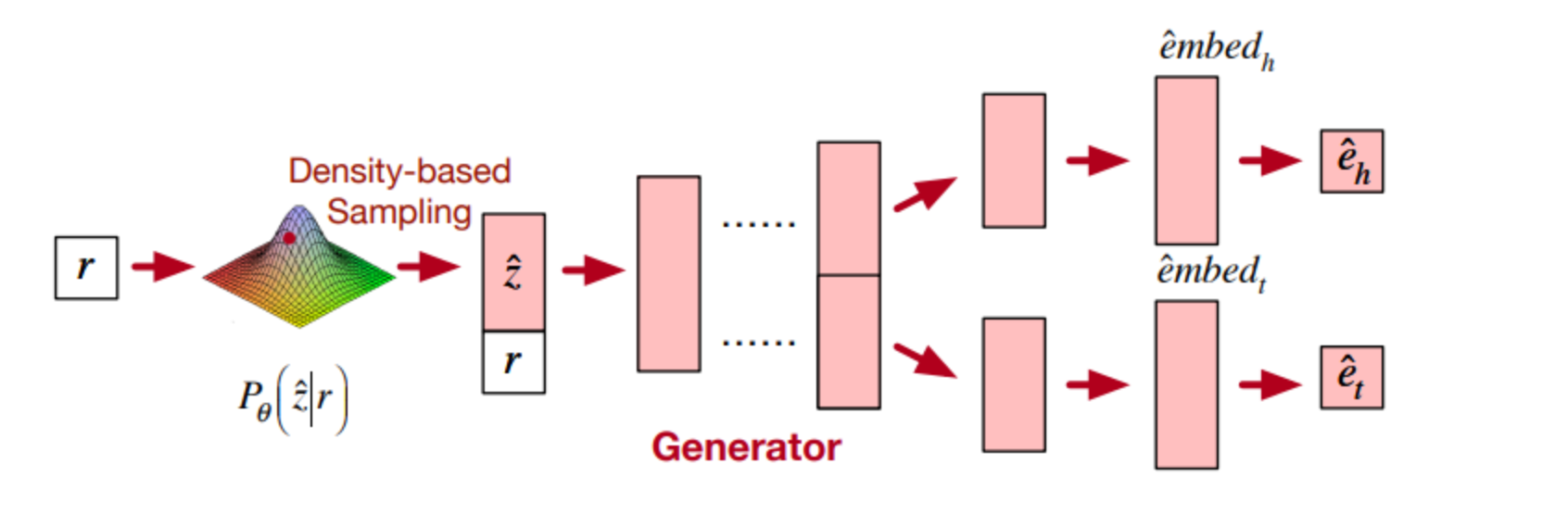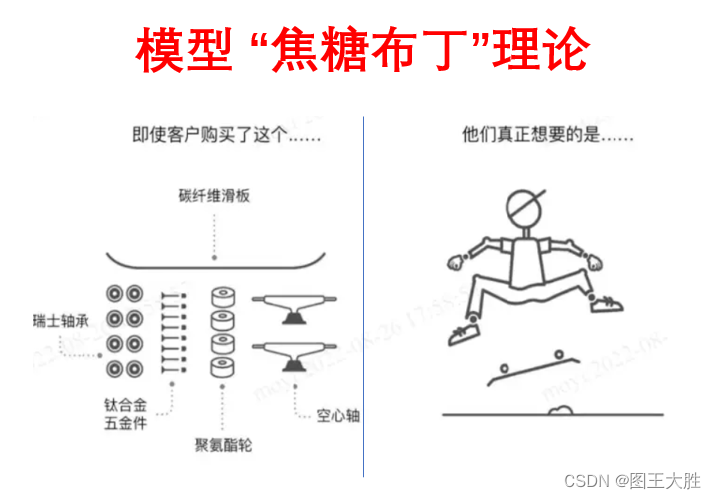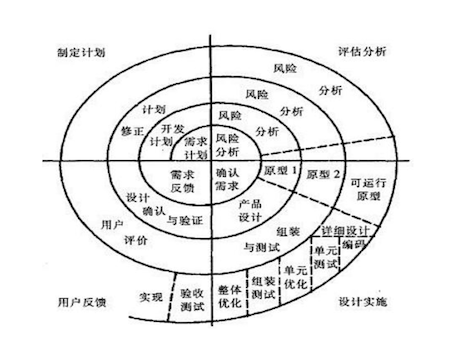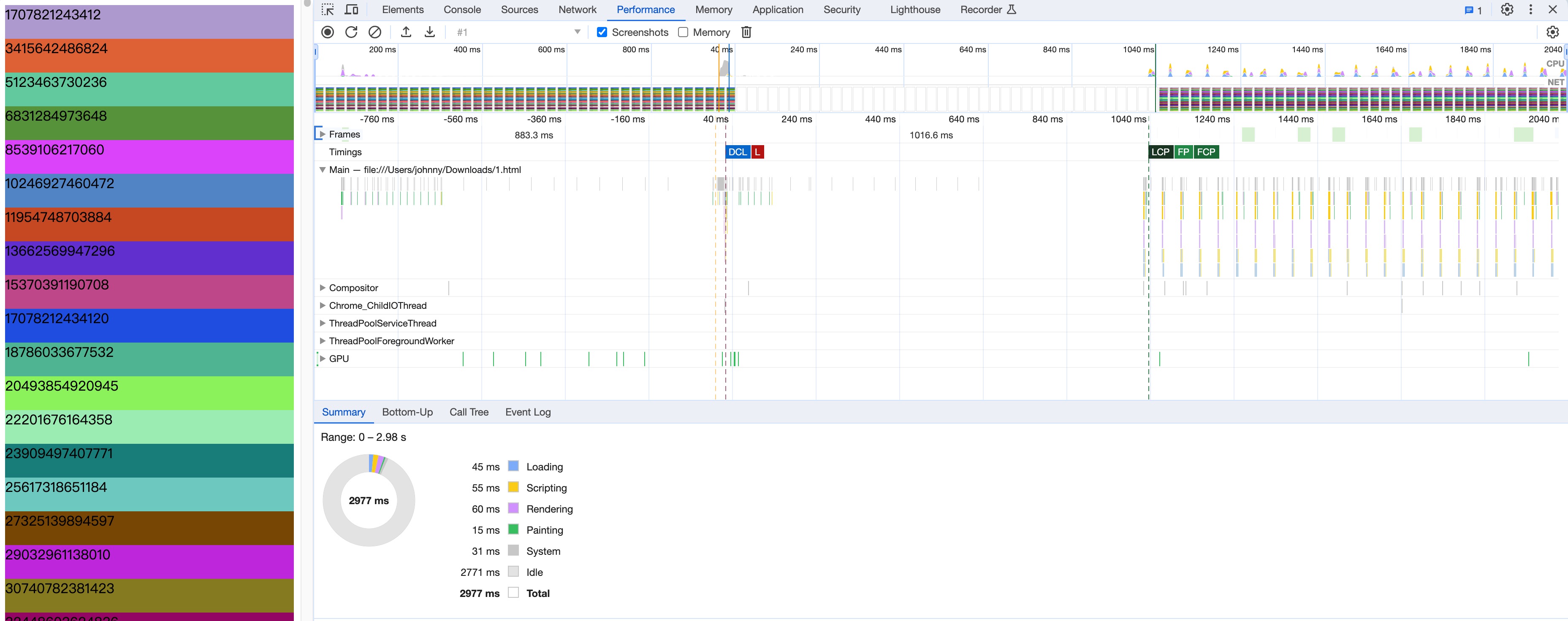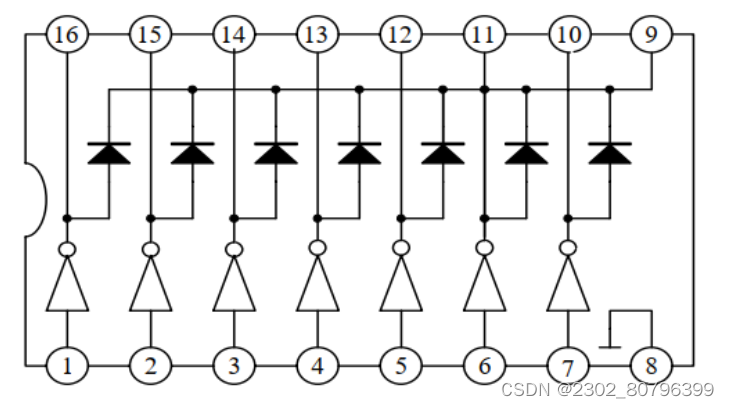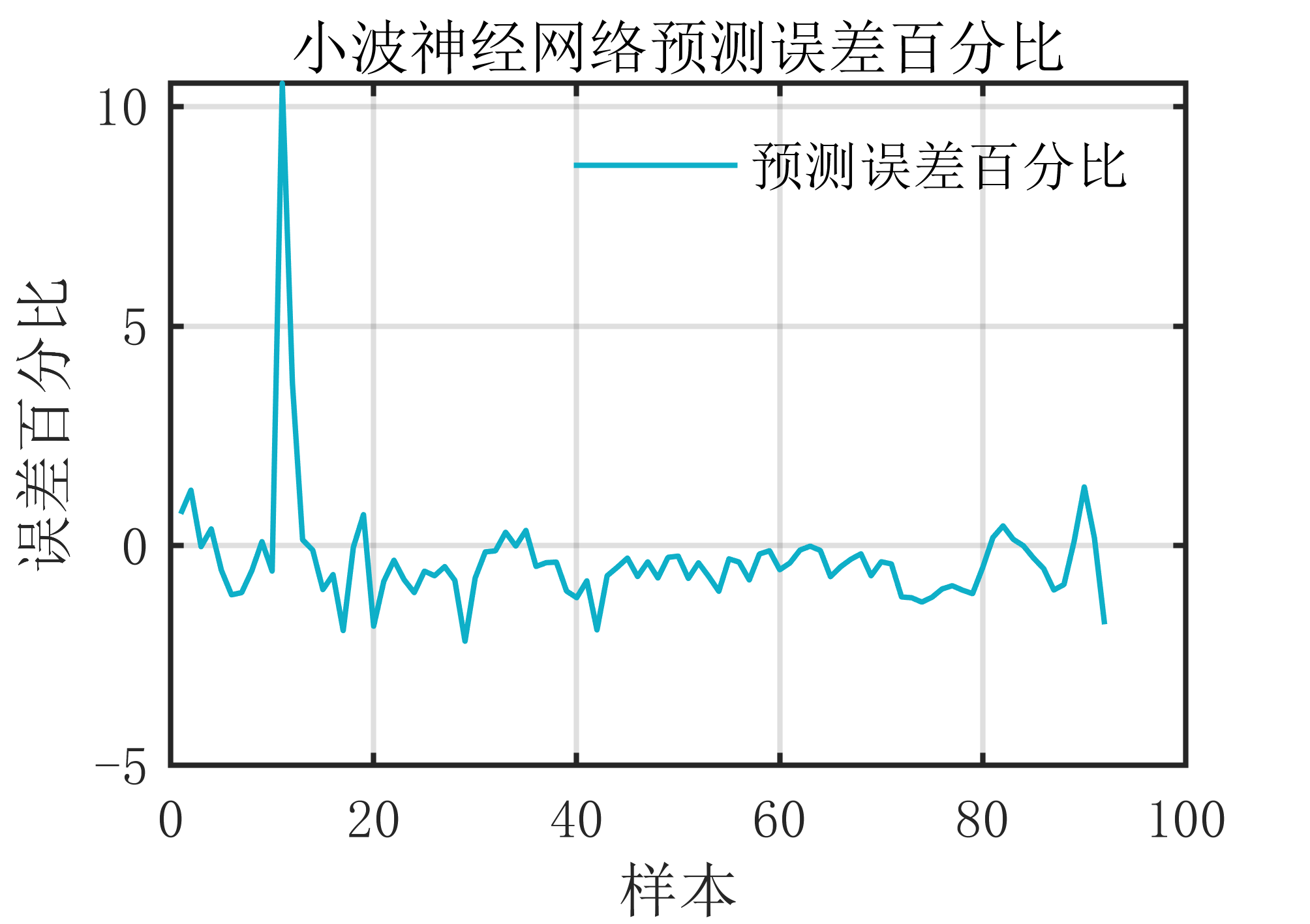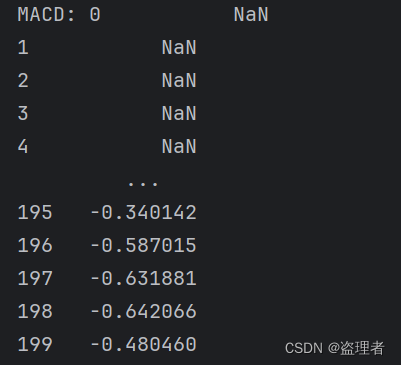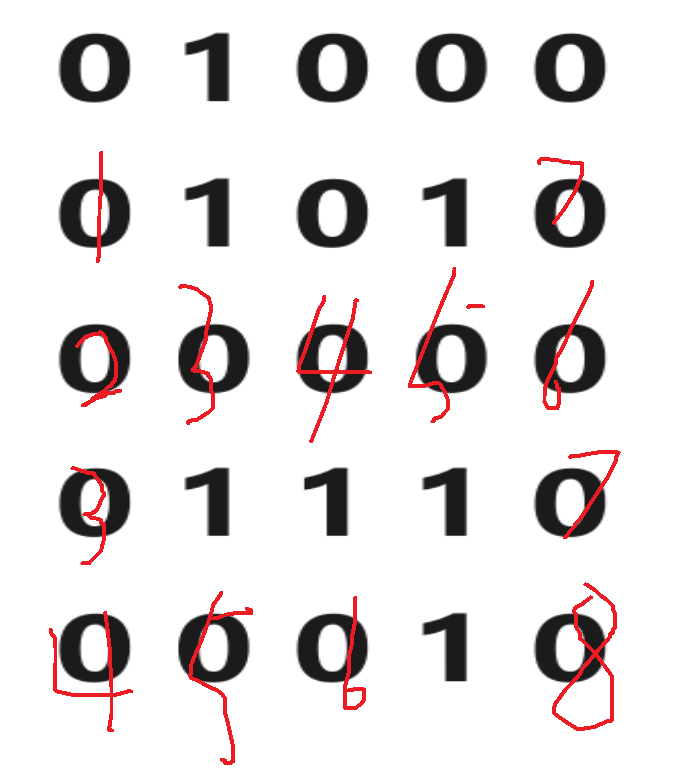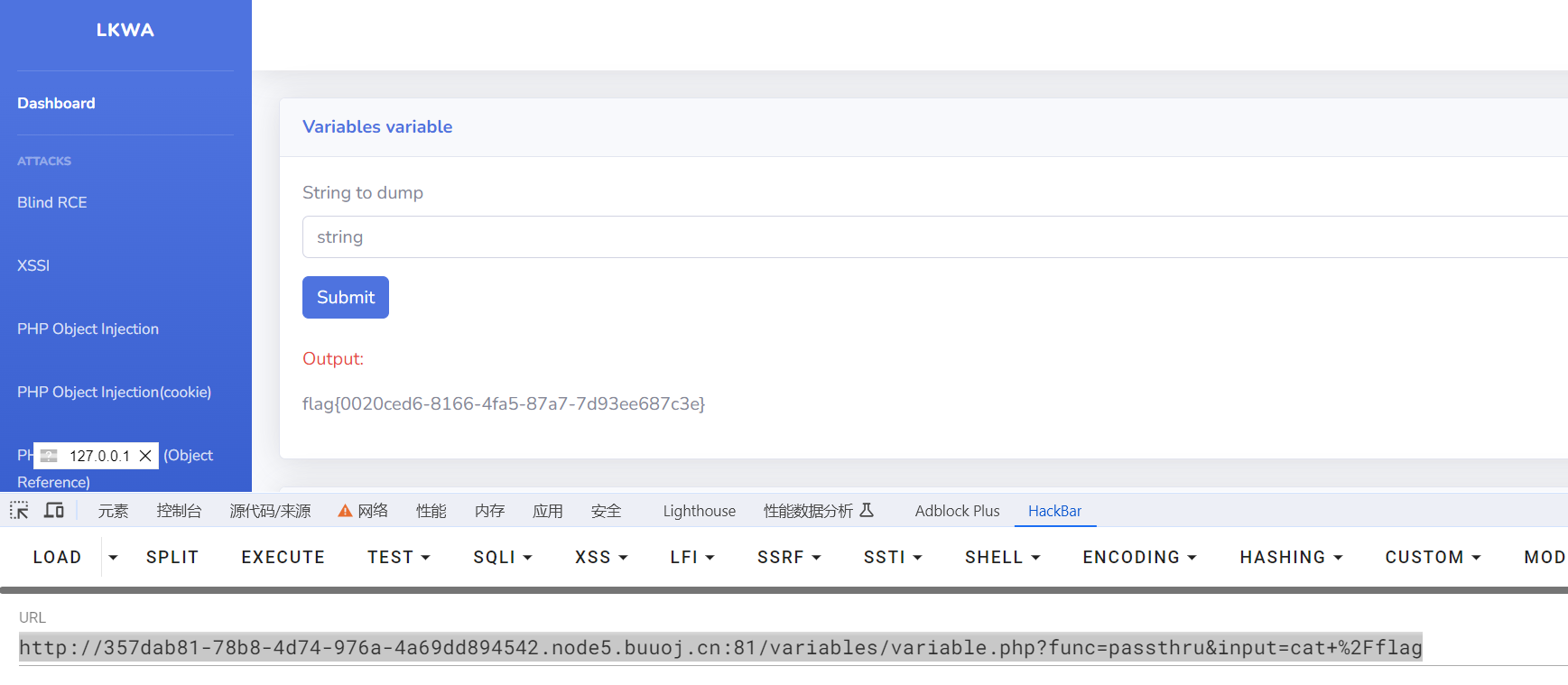定义
可认为是具有一定约束的线性表,插入和删除操作都在一个称为栈顶的端点位置。也叫后入先出表(LIFO)
类型名称:堆栈(STACK)
数据对象集: 一个有0个或者多个元素的有穷线性表。
操作集:
(1)Stack CreateStack( int MaxSize)
生成空堆栈,其最大长度为MaxSize
(2)bool IsFull(Stack)
判断栈S是否已满。
(3)bool Push(Stack S, ElementType X)
将元素X压入堆栈
(4)ElementType Pop(Stack S)
删除并返回栈顶元素
例3.5 如果将abcd四个字符按顺序压入堆栈,是否可能产生cabd这样的序列,共可能产生多少种输出?
一个字符出入栈:只可能是A进——A出
两个字符出入栈: 2种情况
A进A出 B进B出
A进B进 B出A出
三个字符出入栈: 5种情况
A进B进C进 C出B出A出
A进B进 B出 C进 C出
A进B进 B出A出 C进C出
A进A出 B进B出 C进C出
A进A出 B进C进 C出B出
四个字符: 14种情况
- A在第一位出 A_ _ _
对应3个字符出入栈 -5种情况 - A在第二位 _ A _ _
只能B出来后A才能出 BA_ _
对应2个字符出入栈 -2种情况 - A在第三位 _ _ A _
前两位必是 B或者C
最后一位必是D
2种情况 - A在第四位 _ _ _ A
对应三个字符出入栈 5种情况
堆栈的实现
顺序栈的实现
由一个一维数组和一个记录栈顶元素位置的变量组成,另外还有一个记录堆栈最大容量的变量MaxSize。
习惯将栈底放在数组下标小的那端,栈顶位置用一个整型变量Top记录当前栈顶元素的下标值。当Top指向-1时,表示空栈;当Top指向MaxSize-1时表示栈满。
顺序栈类型Stack表示如下:
typedef int ElementType;
typedef int Position;
typedef struct SNode* PtrToSNode;
struct SNode {
ElementType* Data;
Position Top;
int MaxSize;
};
typedef PtrToSNode Stack;
顺序栈的创建
Stack CreateStack(int MaxSize) {
Stack S = (Stack)malloc(sizeof(SNode) * 1);
S->Data = (ElementType * )malloc(sizeof(ElementType) * MaxSize);
S->Top = -1;
S->MaxSize = MaxSize;
return S;
}
进栈
bool IsFull(Stack S) {
if (S->Top == S->MaxSize - 1) {
return true;
}
return false;
}
bool Push(Stack S, ElementType X) {
if (IsFull(S)) {
printf("The Stack is full!\n");
return false;
}
(S->Top)++;
S->Data[S->Top] = X;
return true;
}
出栈
bool IsEmpty(Stack S) {
if (S->Top == -1) {
return true;
}
return false;
}
ElementType Pop(Stack S) {
if (IsEmpty(S)) {
printf("The Stack is empty!\n");
return -1;
}
int temp = S->Data[S->Top];
(S->Top)--;
return temp;
}
完整代码
# include <stdio.h>
#include < stdlib.h>
typedef int ElementType;
typedef int Position;
typedef struct SNode* PtrToSNode;
struct SNode {
ElementType* Data;
Position Top;
int MaxSize;
};
typedef PtrToSNode Stack;
Stack CreateStack(int MaxSize) {
Stack S = (Stack)malloc(sizeof(SNode) * 1);
S->Data = (ElementType * )malloc(sizeof(ElementType) * MaxSize);
S->Top = -1;
S->MaxSize = MaxSize;
return S;
}
bool IsFull(Stack S) {
if (S->Top == S->MaxSize - 1) {
return true;
}
return false;
}
bool Push(Stack S, ElementType X) {
if (IsFull(S)) {
printf("The Stack is full!\n");
return false;
}
/*(S->Top)++;
S->Data[S->Top] = X;*/
S->Data[++(S->Top)] = X;
return true;
}
bool IsEmpty(Stack S) {
if (S->Top == -1) {
return true;
}
return false;
}
ElementType Pop(Stack S) {
if (IsEmpty(S)) {
printf("The Stack is empty!\n");
return -1;
}
/*int temp = S->Data[S->Top];
(S->Top)--;
return temp;*/
return (S->Data[(S->Top)--]);
}
void print_s(Stack S) {
int t = S->Top;
while (t != -1) {
printf("Node: %d\n", S->Data[t]);
(t)--;
}
}
int main() {
Stack S = NULL;
int MaxSize = 10;
S = CreateStack(MaxSize);
ElementType X;
int N;
scanf_s("%d", &N);
while (N--) {
scanf_s("%d", &X);
if (Push(S, X) == false) {
printf("Push error!\n");
}
}
print_s(S);
int out = Pop(S);
printf("out : %d\n", out);
print_s(S);
}
用一个数组实现两个堆栈
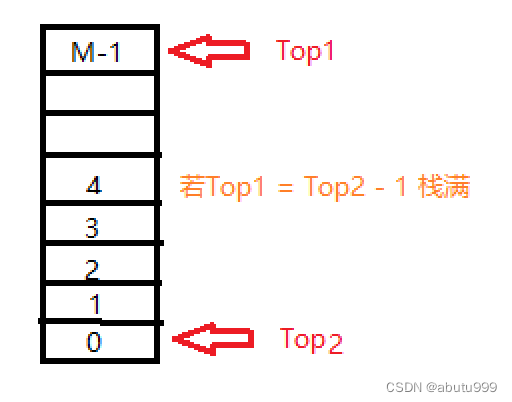
结构体
typedef struct DSNode* DStack;
struct DSNode
{
ElementType* Data;
Position Top1;
Position Top2;
int MaxSize;
};
创建
DStack CreateDStack(int MaxSize) {
DStack S = (DStack)malloc(sizeof(DSNode) * 1);
S->Data = (ElementType*)malloc(sizeof(ElementType) * MaxSize);
S->Top2 = -1;
S->Top1 = MaxSize;
S->MaxSize = MaxSize;
return S;
}
入栈
bool PushX(DStack S, ElementType X, int Tag) {
if (S->Top1 - S->Top2 == 1) {
printf("the stack is full!\n");
return false;
}
if (Tag == 1) {
(S->Top1)--;
S->Data[S->Top1] = X;
}
else{
(S->Top2)++;
S->Data[S->Top2] = X;
}
return true;
}
出栈
ElementType PopX(DStack S, int Tag) {
if (Tag == 1) {
if (S->Top1 == S->MaxSize) {
printf("the stack1 is empty!\n");
return -1;
}
else {
return S->Data[(S->Top1)++];
}
}
else {
if (S->Top2 == -1) {
printf("the stack2 is empty!\n");
return -1;
}
else {
return S->Data[(S->Top2)--];
}
}
}
完整代码
# include <stdio.h>
#include < stdlib.h>
typedef int ElementType;
typedef int Position;
typedef struct DSNode* DStack;
struct DSNode
{
ElementType* Data;
Position Top1;
Position Top2;
int MaxSize;
};
DStack CreateDStack(int MaxSize) {
DStack S = (DStack)malloc(sizeof(DSNode) * 1);
S->Data = (ElementType*)malloc(sizeof(ElementType) * MaxSize);
S->Top2 = -1;
S->Top1 = MaxSize;
S->MaxSize = MaxSize;
return S;
}
bool PushX(DStack S, ElementType X, int Tag) {
if (S->Top1 - S->Top2 == 1) {
printf("the stack is full!\n");
return false;
}
if (Tag == 1) {
(S->Top1)--;
S->Data[S->Top1] = X;
}
else{
(S->Top2)++;
S->Data[S->Top2] = X;
}
return true;
}
ElementType PopX(DStack S, int Tag) {
if (Tag == 1) {
if (S->Top1 == S->MaxSize) {
printf("the stack1 is empty!\n");
return -1;
}
else {
return S->Data[(S->Top1)++];
}
}
else {
if (S->Top2 == -1) {
printf("the stack2 is empty!\n");
return -1;
}
else {
return S->Data[(S->Top2)--];
}
}
}
void print_ds(DStack S) {
printf("print S1:\n");
int t = S->Top1;
while (t != S->MaxSize) {
printf("Node: %d\n", S->Data[t]);
(t)++;
}
printf("print S2:\n");
t = S->Top2;
while (t != -1) {
printf("Node: %d\n", S->Data[t]);
(t)--;
}
}
int main() {
int MAXSIZE = 10;
DStack S = CreateDStack(MAXSIZE);
ElementType X;
int N;
scanf_s("%d", &N);
while (N--) {
scanf_s("%d", &X);
if (PushX(S, X, 1) == false) {
printf("Push error!\n");
}
if (PushX(S, X, 2) == false) {
printf("Push error!\n");
}
}
print_ds(S);
int out = PopX(S,1);
printf("out : %d\n", out);
print_ds(S);
}
链式存储的实现
栈顶指针Top就是链表的栈顶结点,栈中的其他结点通过他们的指针Next链接起来,栈底结点的Next为NULL
数据结构
typedef int ElementType;
typedef struct SNode* PtrToSNode;
struct SNode {
ElementType Data;
PtrToSNode Next;
};
typedef PtrToSNode Stack;
创建
Stack CreateStack(Stack S) {
S = (Stack)malloc(sizeof(SNode) * 1);
S->Next = NULL;
return S;
}
入栈
bool Push(Stack S, ElementType X) {
Stack temp = (Stack)malloc(sizeof(SNode));
temp->Data = X;
temp->Next = S->Next;
S->Next = temp;
return true;
}
出栈
ElementType Pop(Stack S) {
if (S->Next == NULL) {
printf("the stack is empty!\n");
return -1;
}
ElementType re = S->Next->Data;
S->Next = S->Next->Next;
return re;
}
完整代码
# include <stdio.h>
#include < stdlib.h>
typedef int ElementType;
typedef struct SNode* PtrToSNode;
struct SNode {
ElementType Data;
PtrToSNode Next;
};
typedef PtrToSNode Stack;
Stack CreateStack(Stack S) {
S = (Stack)malloc(sizeof(SNode) * 1);
S->Next = NULL;
return S;
}
bool Push(Stack S, ElementType X) {
Stack temp = (Stack)malloc(sizeof(SNode));
temp->Data = X;
temp->Next = S->Next;
S->Next = temp;
return true;
}
ElementType Pop(Stack S) {
if (S->Next == NULL) {
printf("the stack is empty!\n");
return -1;
}
ElementType re = S->Next->Data;
S->Next = S->Next->Next;
return re;
}
void prints(Stack S) {
Stack t = S->Next;
while (t != NULL) {
printf("Node: %d\n", t->Data);
t = t->Next;
}
}
int main() {
Stack S = NULL;
S = CreateStack(S);
ElementType X;
int N;
scanf_s("%d", &N);
while (N--) {
scanf_s("%d", &X);
if (Push(S, X) == false) {
printf("Push error!\n");
}
}
prints(S);
ElementType out = Pop(S);
printf("out : %d\n", out);
prints(S);
}
